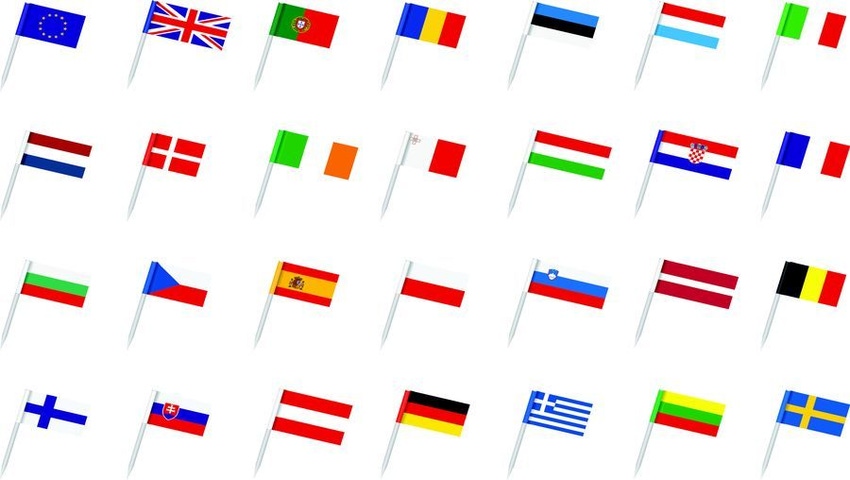Launching a product or ingredient into the EU market involves proper understanding of the regulatory framework, required documentation and procedures.
April 19, 2016

Do you have an ingredient or a final product, a new concept or a standard formula that you are interested in launching in the European Union (EU) market? What is the pathway to a successful product launch?
Understanding the applicable regulatory frameworks at both the EU and the national level is the key first step before proceeding further. The process starts with establishing the appropriate classification of the product under potential different food categories, such as food supplements, dietetic foods, foods with added nutrients and other substances with nutritional or physiological effects.
At the outset, it is also important to understand a product’s potential for being interpreted as a medicine. The product composition and its presentation are two important elements that need to be considered when formulating a new concept, in order to avoid potential medicinal status—which would mean a mandatory pre-marketing registration under medicinal law.
The target population as well as the purpose of the product are other elements that are taken into consideration by national authorities in case a classification issue arises.
It is important to highlight that for a new concept or an innovative ingredient, the regulation on novel foods may play an important role governing the pathway to follow in order to enter the EU market. Ingredients or products falling under the scope of the EU novel food regulation will have to pass an EU pre-marketing authorization procedure. Preparation and guidance on how to build up a solid scientific novel food dossier is key to successfully pass through this step, which may be costly and time consuming but provides a priceless ticket to enter all 28 EU member states at once.
Once the borderline with medicines and novel foods has been clarified, companies can proceed to the next step, where they very often realize things are not as straightforward as expected! The EU regulatory frameworks covering different food categories are not fully harmonized, and companies therefore need to understand in addition to the EU legislation national rules and face different interpretations by the national authorities.
The final step of the process is the actual product launch. Understanding the exact procedures and the documents that need to be submitted to the national authorities for the final product, but in certain cases also for the pre-marketing authorization of specific ingredients depending on national frameworks, is an important element that companies should be suitably prepared for, once they know under which framework their products would fall.
Companies have to face different approaches regarding the documentation required, which may vary significantly from a simple provision of the product label to the provision of more elaborated dossiers with scientific elements on safety, toxicity and stability for specific ingredients or the final product.
Although it may seem overwhelming at first, the pathway to bring your new ingredients and products to the EU market can be successfully navigated once you are well equipped and well informed.
Efi Leontopoulou is manager of scientific and regulatory affairs, Europe & Middle East Africa, EAS Strategies. EAS Strategies will present an exclusive session on“Bringing new ingredients to the EU market" at the Vitafoods Europe Conference on May 11, 2016.

About the Author(s)
You May Also Like




.png?width=800&auto=webp&quality=80&disable=upscale)